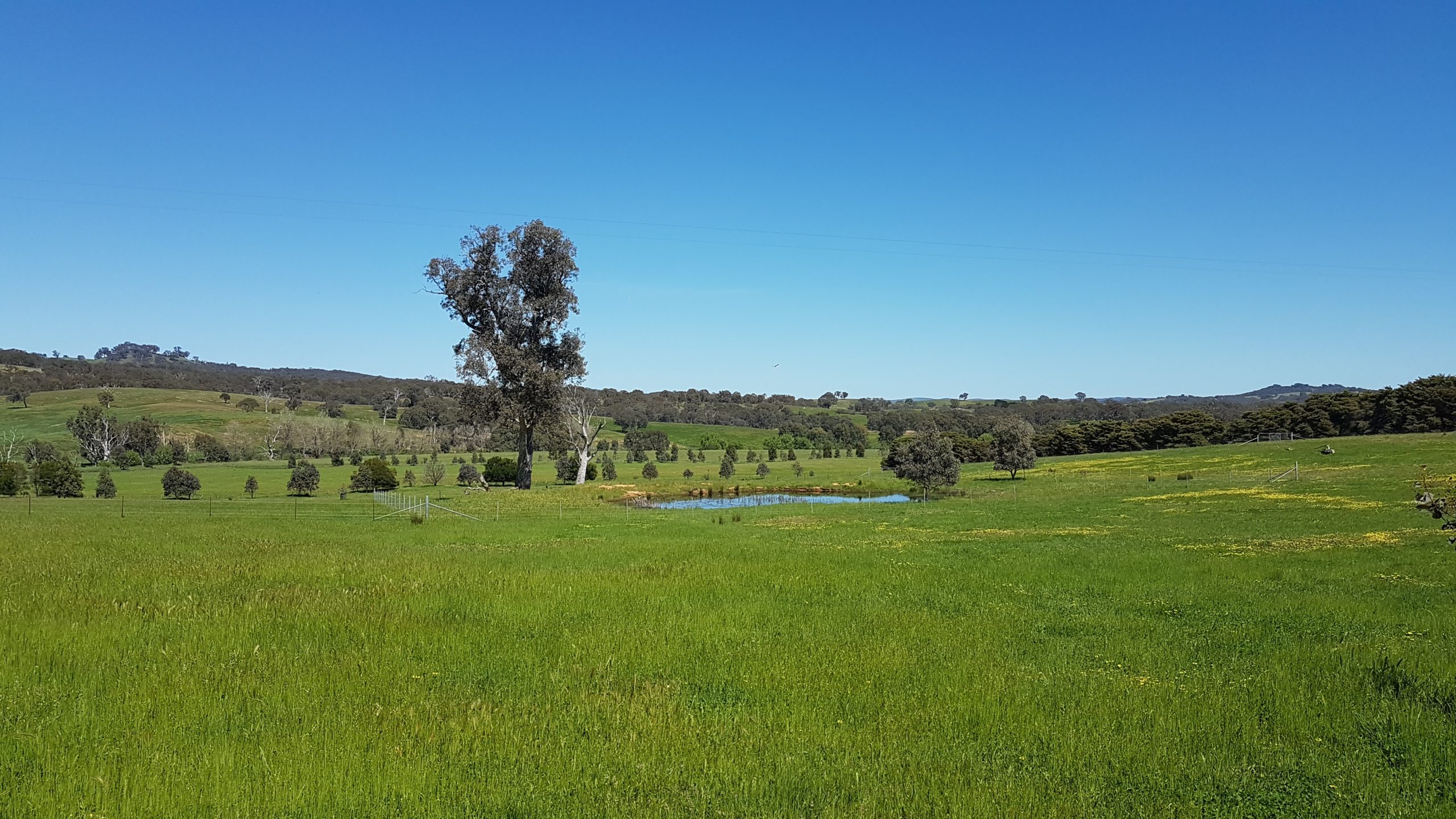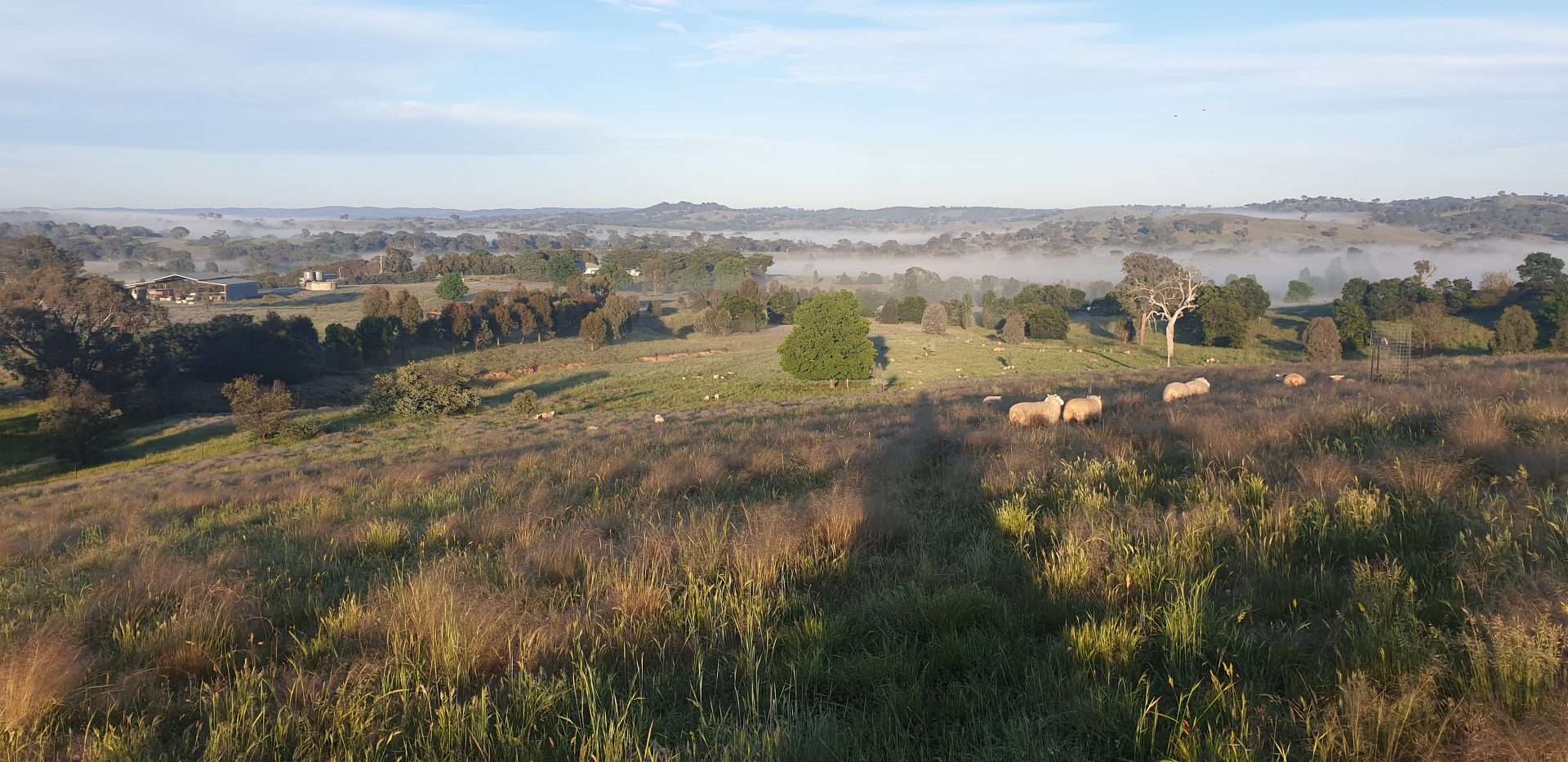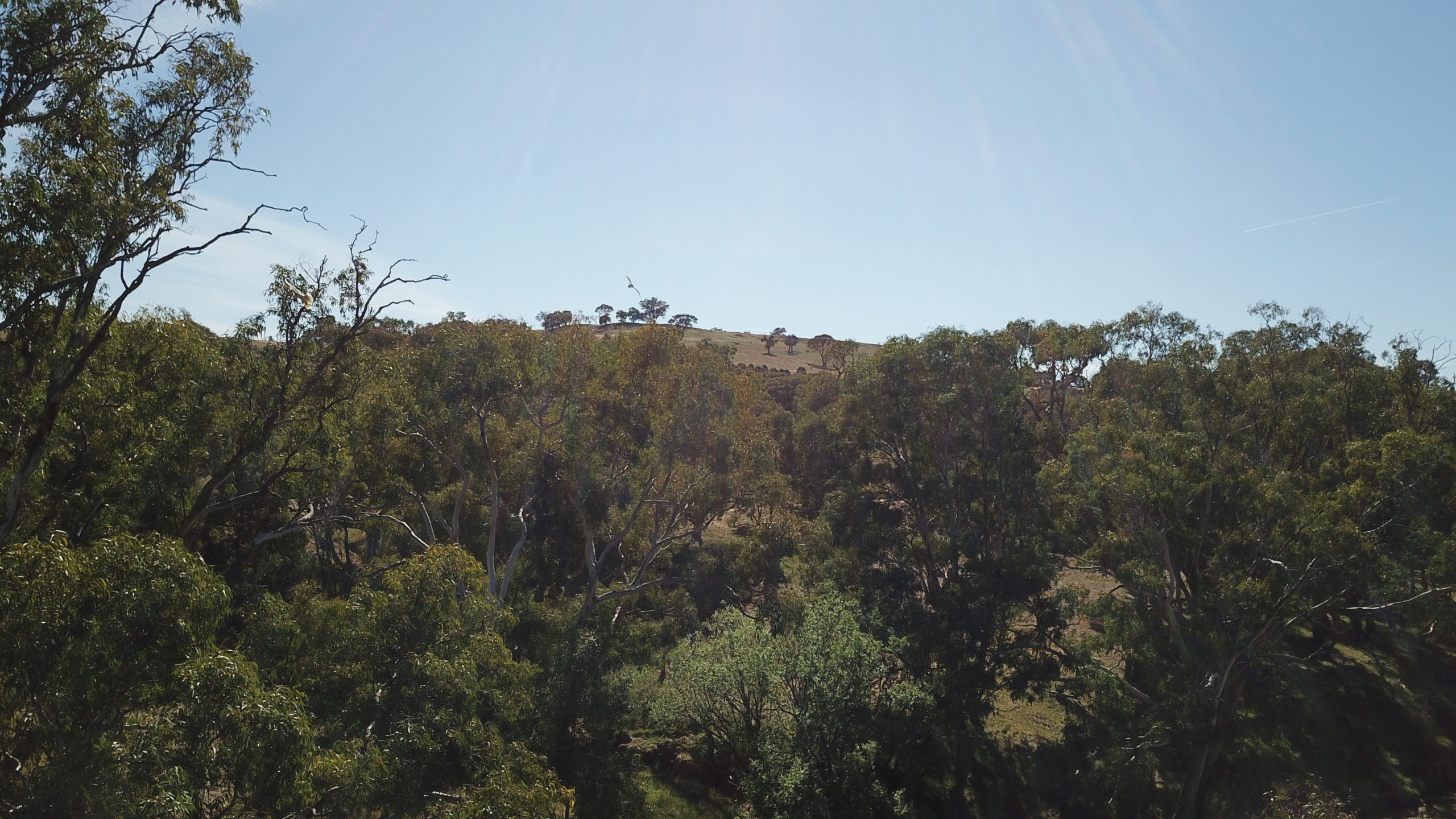


Regenerative Agriculture
Regenerative Agriculture can be defined by the processes we undertake, the practices we avoid and the outcomes our methods produce.
At Moorlands, regenerative agriculture is the foundation of how we farm. We believe farming should restore and enrich the land, not deplete it. That’s why we’ve committed to regenerative and biodynamic practices that rebuild soil health, foster biodiversity, and support animal welfare.
As modern environmental challenges grow, so does our dedication to this holistic, organic land stewardship model.
What Is Regenerative Agriculture?
Regenerative agriculture is defined by what we do, what we avoid, and—most importantly—the outcomes we achieve.
✅ What We Do
We apply organic and biodynamic farming methods to support vibrant, living soils.
We use Holistic Grazing: high density, short-duration grazing with long rest periods, carefully matched to the land’s carrying capacity.
- We actively work to restore ecosystem function by planting native grasses, shrubs, trees, and aquatic plants.
We eliminate invasive pests that threaten native species and biodiversity.
We build healthy soil that’s resilient to extreme climate events—holding water, cycling nutrients, and supporting beneficial microbes.
We work to sequester carbon, storing it in stable soil organic matter for long-term climate benefit.
We cultivate diverse diets for our sheep, combining native forage with pasture, leaves, and protein-rich seeds.
❌ What We Avoid
No herbicides
No insecticides or fungicides
No artificial fertilisers
No chemical drenches, dips, or synthetic veterinary inputs
No overgrazing
No interventions that harm the natural microbiome of soil or animal health
These choices protect our soil, water, animals, and all of us.
The Results: Healthy Soil, Happy Animals, Better Food
Our regenerative approach leads to vibrant soils filled with microbial life. These soils:
Hold water more effectively
Allow air flow and root development
Naturally suppress disease pathogens
Cycle nutrients efficiently
Resist erosion and degradation
In turn, our pastures produce deep-rooted perennial grasses, native shrubs, and nutrient-rich forage. Our sheep thrive on this variety, and their health and wellbeing shine through.
We aim to produce nutrient-dense food that not only tastes better, but is better—for your health and for the planet.
Regenerative Agriculture Works—Here and Around the World
Success isn’t limited to Moorlands. Around the world, regenerative agriculture is transforming landscapes:
🌾 North Dakota, USA – The transition to regenerative agriculture lifted the farm’s organic matter from 1.9% to over 6%, creating more resilient and profitable farming.
🌿 United Kingdom – Rewilded farmland using regenerative grazing, boosting biodiversity and reintroducing rare species.
🇳🇿 New Zealand – Integrated livestock with native trees in silvopasture systems, enhancing resilience and food quality.
📊 According to Agriculture, Ecosystems & Environment, regenerative grazing systems can increase soil carbon by up to 3.5 tonnes per hectare per year—demonstrating real climate benefit.
Our Commitment to the Future
At Moorlands, we see greater biodiversity as our key measure of success.
We’re dedicated to rebuilding ecosystems damaged by nearly two centuries of European settlement use. We aim to bring back the birds, restore native flora and fauna, and honour the Traditional Custodians of this land. We respect their deep knowledge of landscape management and work to protect and preserve cultural heritage sites on our property.
Why Regenerative Agriculture Matters
✔ Builds resilient, living soils
✔ Enhances biodiversity and ecological function
✔ Improves water retention and carbon sequestration
✔ Supports animal welfare and natural behaviour
✔ Produces food that is nutrient-rich and ethically raised

